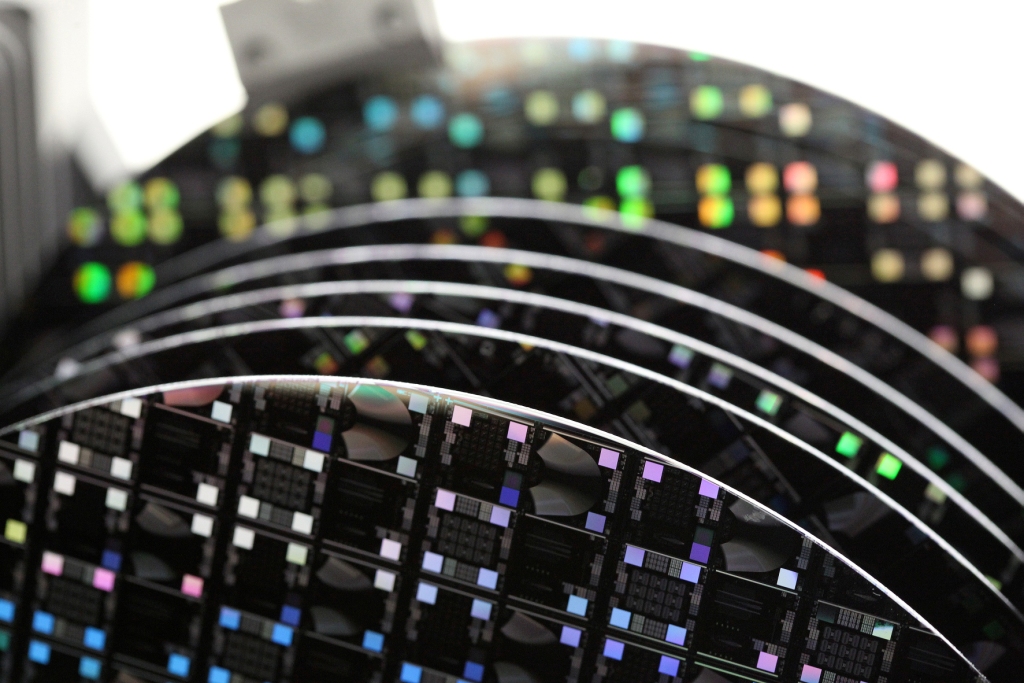Specific Process Knowledge/Lithography: Difference between revisions
| Line 247: | Line 247: | ||
!Schedule | !Schedule | ||
| | | | ||
'''<span style="color: red;">OBS: The December Litho TPT has been cancelled due to sickness. Contact the Lithography Group if this poses a problem.</span>''' | '''<span style="color: red;">OBS: The December Litho TPT has been cancelled due to sickness. Contact the Lithography Group for rescheduling if this poses a problem.</span>''' | ||
*Lecture once a month (~3.5 hours). <span style="text-decoration: line-through;">'''NEXT LECTURE: Tuesday 29th of November 9:15 - 13:00 (B347, Seminar room)'''</span> | *Lecture once a month (~3.5 hours). <span style="text-decoration: line-through;">'''NEXT LECTURE: Tuesday 29th of November 9:15 - 13:00 (B347, Seminar room)'''</span> | ||
*Training session once a week, max. 4 persons per session (9:00 - 14:00). <span style="text-decoration: line-through;">'''NEXT SESSIONS: 7th of December, 14th of December'''</span> | *Training session once a week, max. 4 persons per session (9:00 - 14:00). <span style="text-decoration: line-through;">'''NEXT SESSIONS: 7th of December, 14th of December'''</span> | ||
Revision as of 17:50, 28 November 2016
Feedback to this page: click here
Comparing lithography methods at DTU Danchip
| UV Lithography | DUV Stepper Lithography | E-beam Lithography | Nano Imprint Lithography | 2-Photon Polymerization Lithography 
| |
|---|---|---|---|---|---|
| Generel description | Pattern transfer via UltraViolet (UV) light | Pattern transfer via DeepUltraViolet (DUV) light | Patterning by electron beam | Pattern transfer via hot embossing(HE) | Direct writing via IR laser |
| Pattern size range |
|
|
|
|
|
| Resist type |
|
|
|
|
|
| Resist thickness range |
~0.5µm to 20µm |
~50nm to 2µm |
~30nm to 0.5 µm |
~ 100nm to 2µm |
droplet or coating |
| Typical exposure time |
2s-30s pr. wafer |
Process depended, depends on pattern, pattern area and dose |
Depends on dose, Q [µC/cm2], beam current, I [A], and pattern area, A [cm2]: t = Q*A/I |
Process depended, depends also on heating and cooling temperature rates |
Process depended, depends on pattern and dose |
| Substrate size |
|
|
We have cassettes that fit to
Only one cassette can be loaded at time |
|
|
| Allowed materials |
|
|
|
|
|
Equipment Pages
|
3D Lithography | ||
Lithography Tool Package Training
DTU Danchip offers a Tool Package Training in Lithography; the course includes theory on lithographic processes and equipments, as well as training in equipment operation and processing in the cleanroom.
The course is for all users that intend to perform any kind of lithographic processing in the cleanroom.
| Lithography Tool Package Training | |
|---|---|
| Schedule |
OBS: The December Litho TPT has been cancelled due to sickness. Contact the Lithography Group for rescheduling if this poses a problem.
|
| Location | Seminar room bulding 347 at DTU Danchip and in cleanroom facilities at DTU Danchip |
| Qualified Prerequisites |
|
| Preparations |
Before the lecture
Before training session
|
| Course Responsible |
The Lithography Group at DTU Danchip: sign up for the course by e-mailing to lithography@danchip.dtu.dk. |
| Learning Objectives |
|
Knowledge and Information about Lithography
|
Literature
|
Manuals
|
Resists
|
